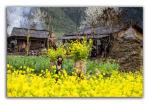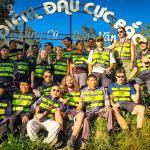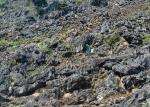Cao Bang, located in the northern mountainous region of Vietnam, is a hidden gem for travelers seeking a unique blend of natural beauty, cultural diversity, and historical significance. Whether you're drawn to the stunning waterfalls like Ban Gioc, the tranquil Ba Be Lake, or the peaceful mountain villages, Cao Bang offers a refreshing escape from the hustle and bustle of city life. If you're planning a trip to this beautiful province, here’s everything you should know before traveling to Cao Bang to ensure a memorable and hassle-free experience.
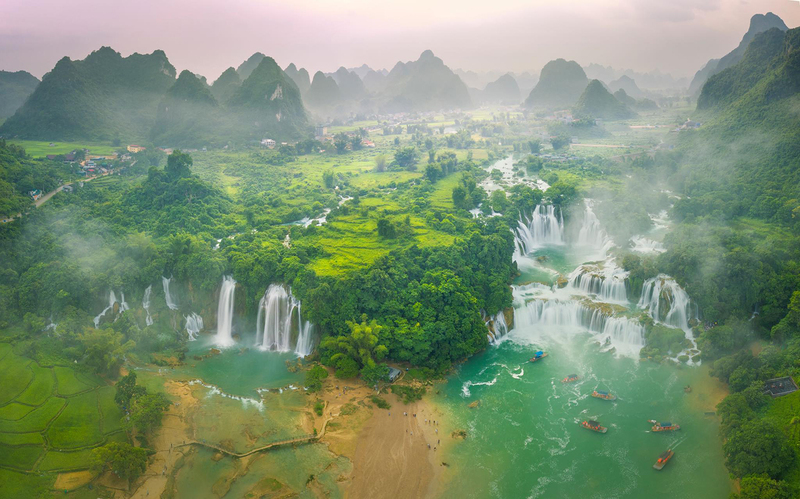
Recommended Tours for You:
Best Time to Visit Cao Bang
Choosing the right time to visit Cao Bang is crucial to make the most of your trip. The province has a temperate climate, but its weather varies significantly across different seasons. Understanding the best months to travel will help you enjoy the stunning scenery and pleasant weather during your visit.
-
Spring (March to May): This is one of the best times to visit Cao Bang. The weather is mild, with temperatures ranging from 18°C to 25°C. Spring brings lush green landscapes, blooming flowers, and clear skies, making it perfect for sightseeing and outdoor activities.
-
Summer (June to August): Summer in Cao Bang can be hot and wet, with frequent rains. Although the landscapes are still lush, the weather may not be ideal for outdoor activities. If you don’t mind the rain, this could be an option for a more quiet and off-the-beaten-path experience.
-
Autumn (September to November): Autumn is a great time to visit Cao Bang, with cooler temperatures, less rain, and stunning golden rice fields during harvest season. This is a popular time for travelers who want to capture the breathtaking views of rice terraces and enjoy outdoor adventures.
-
Winter (December to February): Winter in Cao Bang is cold, with temperatures dropping to around 5°C to 10°C, especially in the higher altitudes. If you don’t mind the chill and prefer fewer tourists, winter is a peaceful time to visit, but make sure to bring warm clothes.
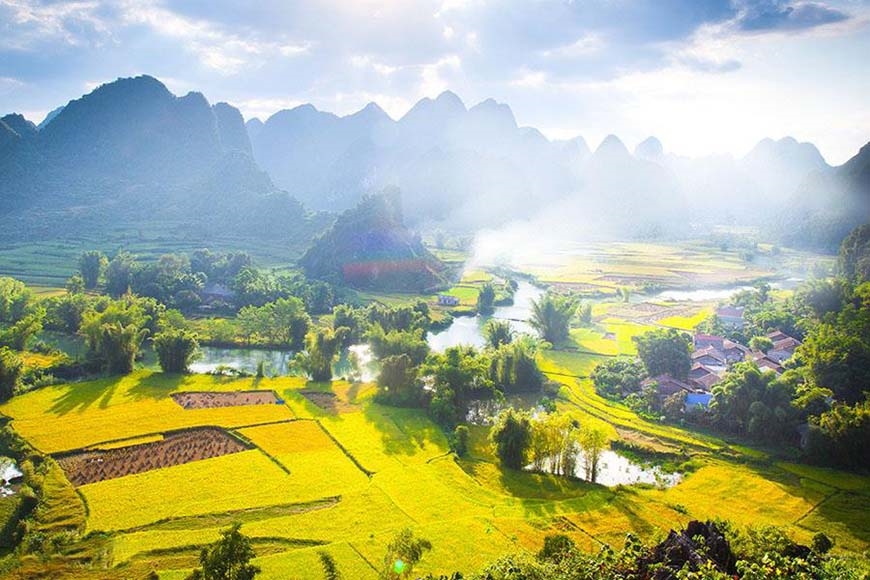
Getting to Cao Bang
Cao Bang is located around 300 kilometers from Hanoi, the capital of Vietnam. There are several ways to get to Cao Bang, depending on your preference and budget:
-
By Bus: There are daily buses departing from Hanoi to Cao Bang. The journey takes about 6-8 hours depending on traffic and weather conditions. You can book tickets at bus stations or through travel agencies.
-
By Motorbike: For adventure seekers, traveling by motorbike is a popular option. The road to Cao Bang is scenic, with winding mountain paths that offer stunning views. However, be prepared for long hours of riding on mountainous terrain, and ensure your motorbike is in good condition.
-
By Car: If you prefer a more comfortable and private option, renting a car or hiring a driver is a good choice. This allows you to travel at your own pace and stop at various scenic spots along the way.
-
By Train: There are no direct trains to Cao Bang, but you can take a train to Hanoi and then continue your journey by bus or motorbike.
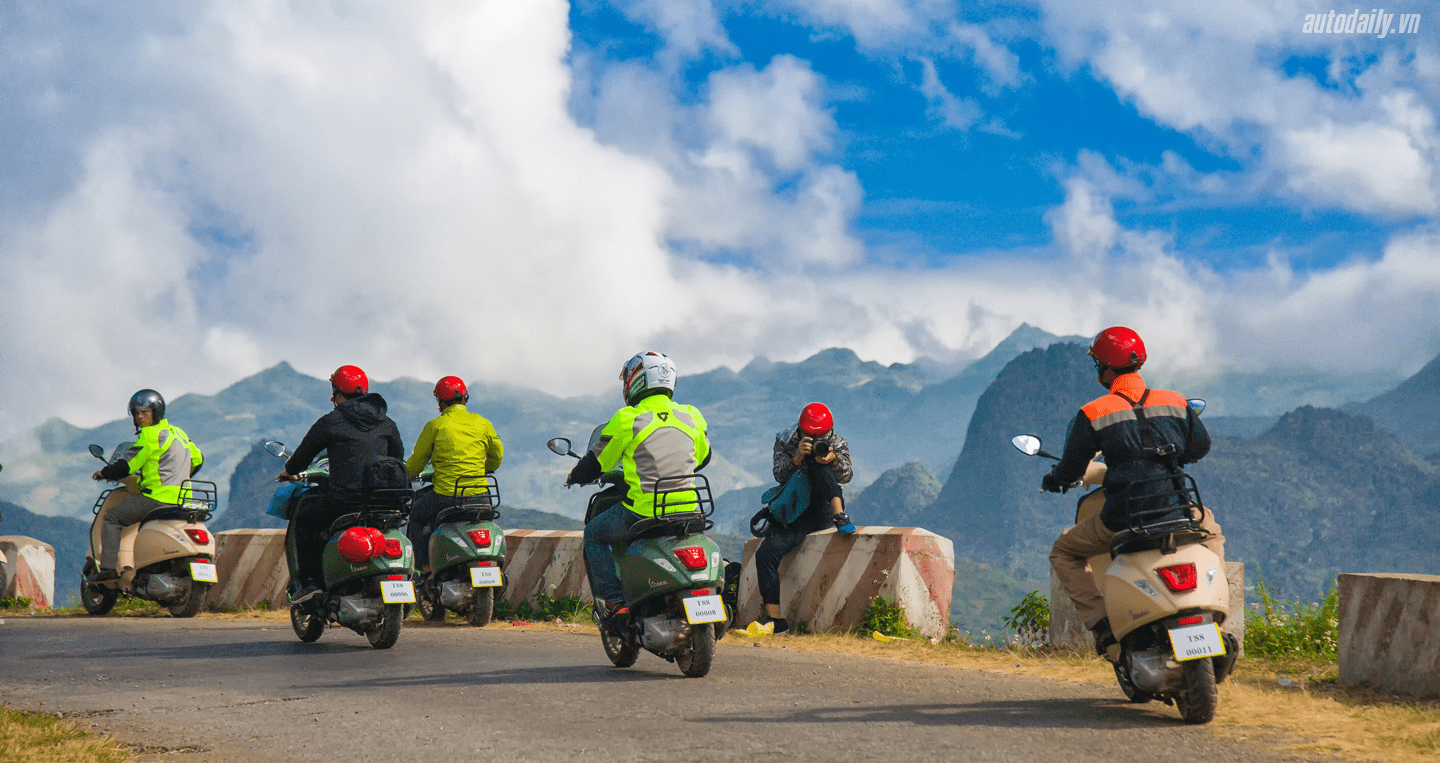
Top Attractions to Visit in Cao Bang
Cao Bang is home to some of Vietnam’s most stunning natural wonders and historical landmarks. Here are the must-see attractions in Cao Bang:
Ban Gioc Waterfall
Ban Gioc is one of the largest waterfalls in Vietnam and a must-visit destination in Cao Bang. Located on the border with China, the waterfall is divided into two main sections, cascading down a total height of 70 meters. The surrounding area is lush, with picturesque rice fields and ethnic minority villages, making it a perfect spot for photography.
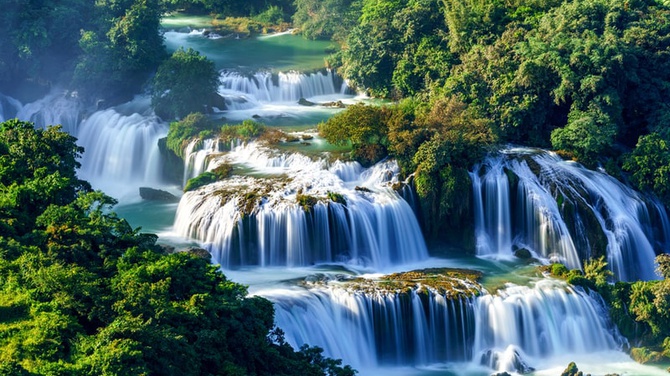
Ba Be Lake
Ba Be Lake, a UNESCO Biosphere Reserve, is the largest freshwater lake in Vietnam. Surrounded by towering mountains and dense forests, it’s an ideal place for boating, hiking, and relaxing. The serene atmosphere of Ba Be Lake makes it one of the most tranquil spots in the country, perfect for nature lovers.
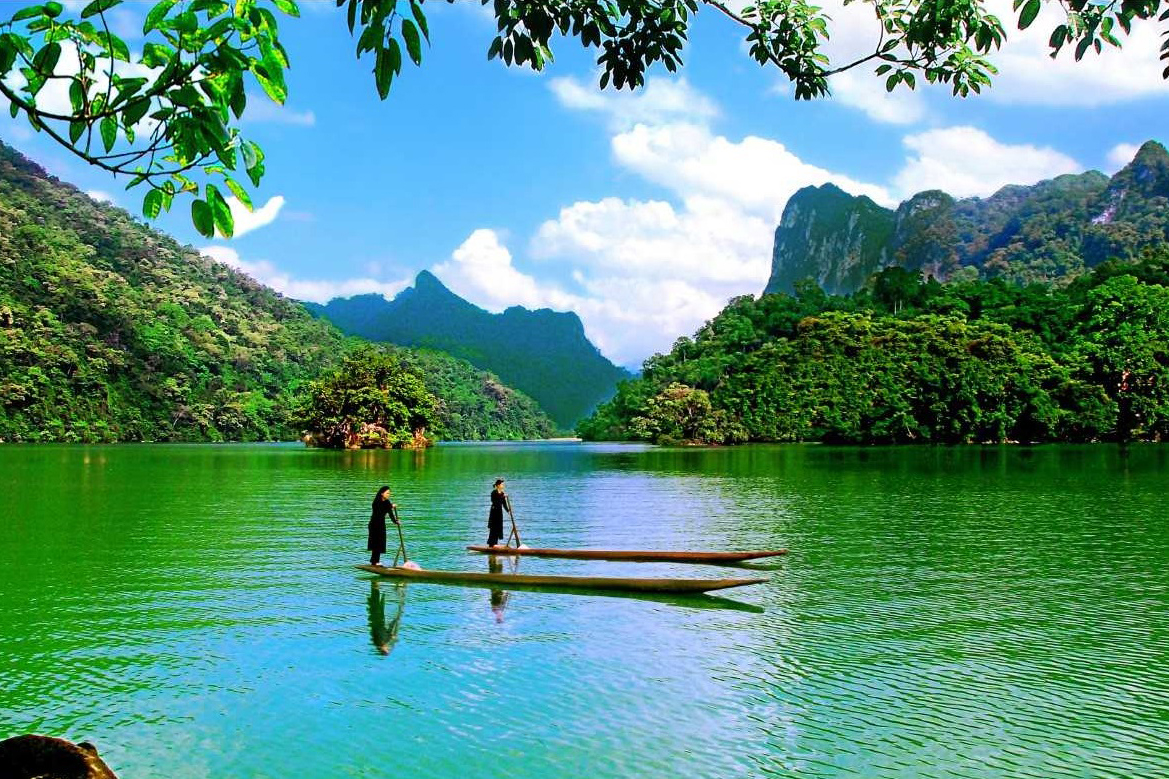
Pac Bo Cave
Pac Bo Cave holds significant historical importance as the place where President Ho Chi Minh lived and worked after returning to Vietnam in 1941. The cave is surrounded by lush forests and crystal-clear streams, making it a great place for both history buffs and nature enthusiasts.
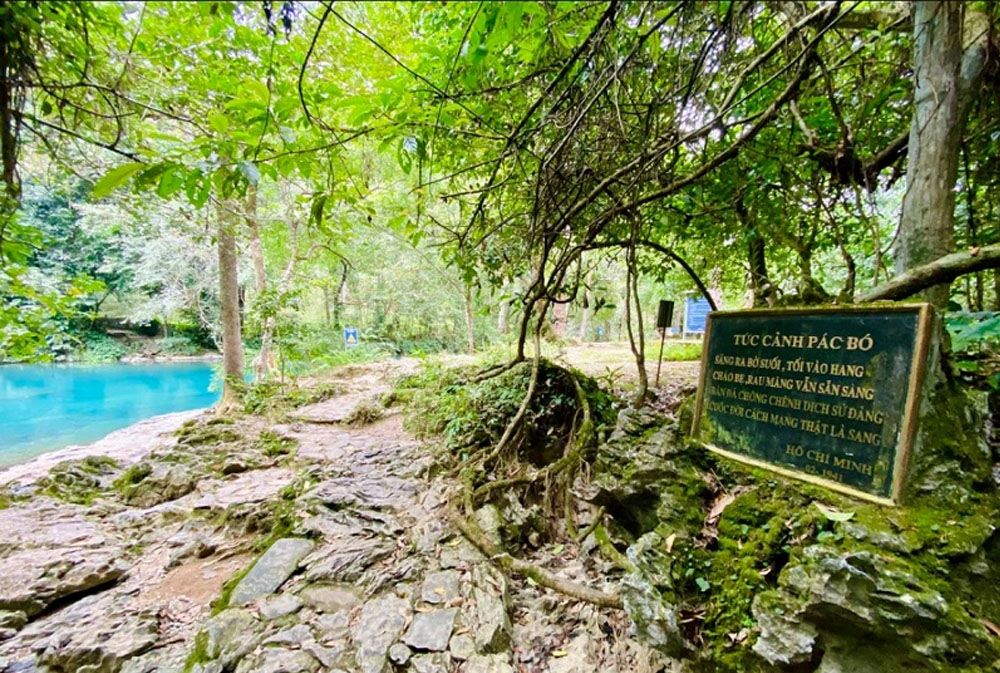
Ethnic Minority Villages
Cao Bang is home to several ethnic groups, including the Tay, Nung, and H’mong. Visiting their villages gives you a glimpse into their traditional lifestyles, customs, and unique architecture. The hospitality of the local people and their colorful festivals provide an enriching cultural experience.
What to Do in Cao Bang
Cao Bang offers a variety of activities for outdoor enthusiasts and those seeking cultural experiences:
-
Trekking and Hiking: Cao Bang is known for its mountainous terrain, making it perfect for trekking and hiking. You can explore remote villages, visit waterfalls, and trek through lush forests. The most popular hiking route is the trek to Ban Gioc Waterfall, where you can enjoy both the scenery and local culture.
-
Motorbike Tours: If you're into adventure, renting a motorbike and touring Cao Bang is a fantastic option. You’ll be able to explore the winding roads, enjoy the scenery, and experience the rural beauty of the province.
-
Boat Tours: Boating on Ba Be Lake or around Pac Bo Cave is a relaxing way to enjoy the surrounding nature. You can rent a boat and take a guided tour to learn more about the local ecosystem and history.
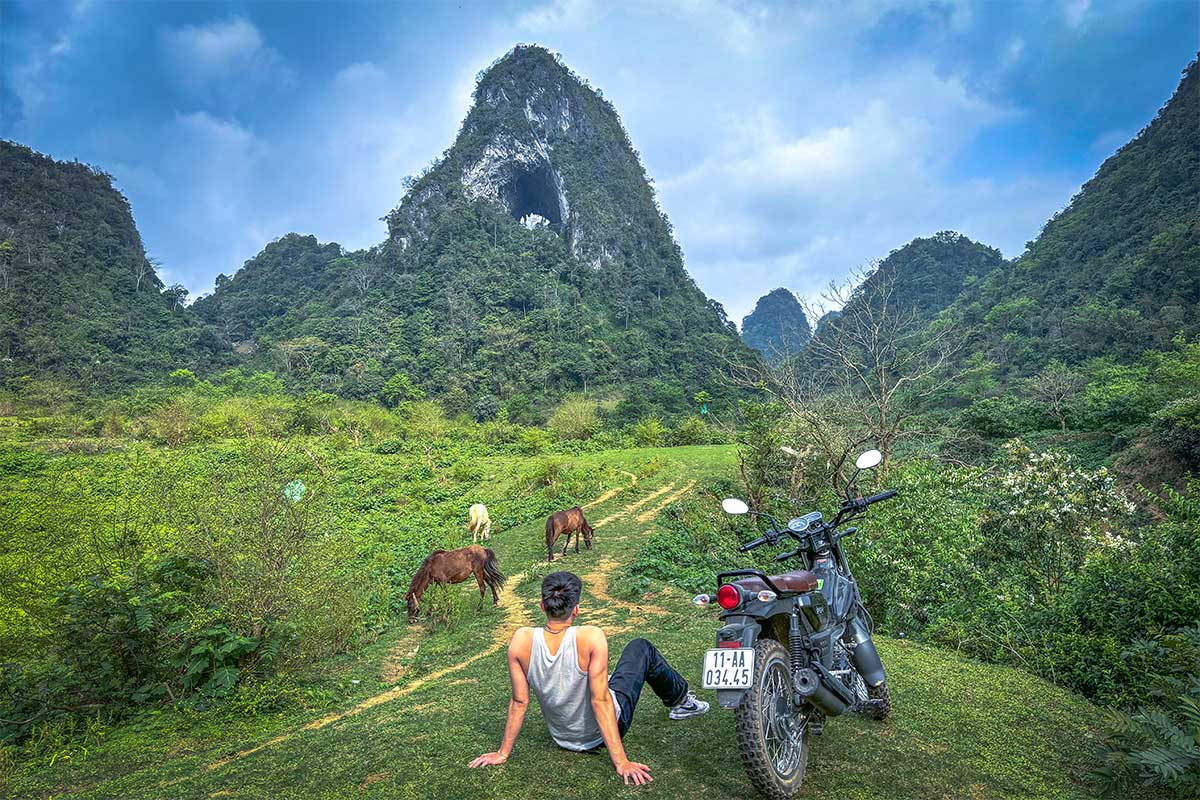
Where to Stay in Cao Bang
Cao Bang offers a range of accommodation options, from budget hostels to mid-range hotels and homestays. For a more authentic experience, consider staying in a local homestay to interact with ethnic minorities and learn about their way of life. Here are some options:
-
Hotels: There are several comfortable hotels in Cao Bang city, offering modern amenities and easy access to the main attractions.
-
Homestays: Staying with local families gives you a unique opportunity to immerse yourself in the culture. You can experience traditional meals, learn about local customs, and even participate in activities like rice farming.
-
Guesthouses: Affordable and convenient, guesthouses are ideal for budget travelers who want a simple and clean place to stay.
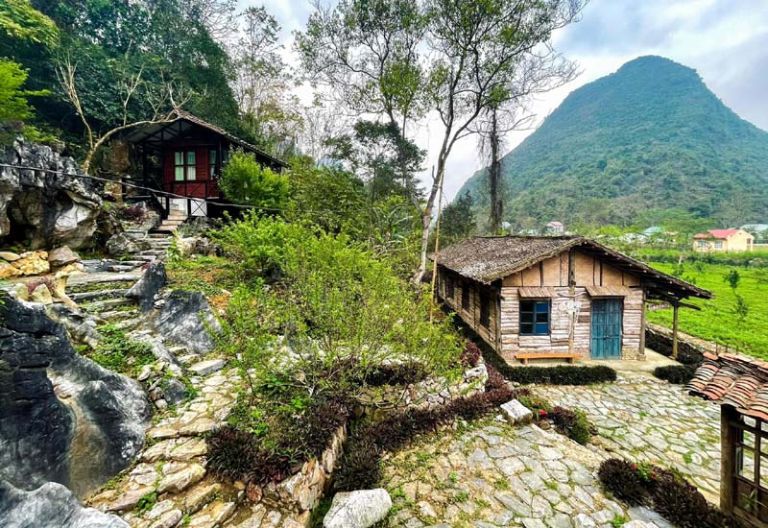
What to Eat in Cao Bang
Cao Bang is home to a variety of delicious dishes that reflect its ethnic diversity. Here are some of the must-try dishes:
-
Thang Co: A traditional dish of the H’mong people, thang co is a hearty stew made with beef or horse meat and various herbs.
-
Banh Cuon Cao Bang: A local specialty, this dish features rice rolls stuffed with minced pork and herbs, served with a delicious dipping sauce.
-
Goat Meat: Cao Bang is famous for its tender and flavorful goat meat, which is often grilled or stewed.
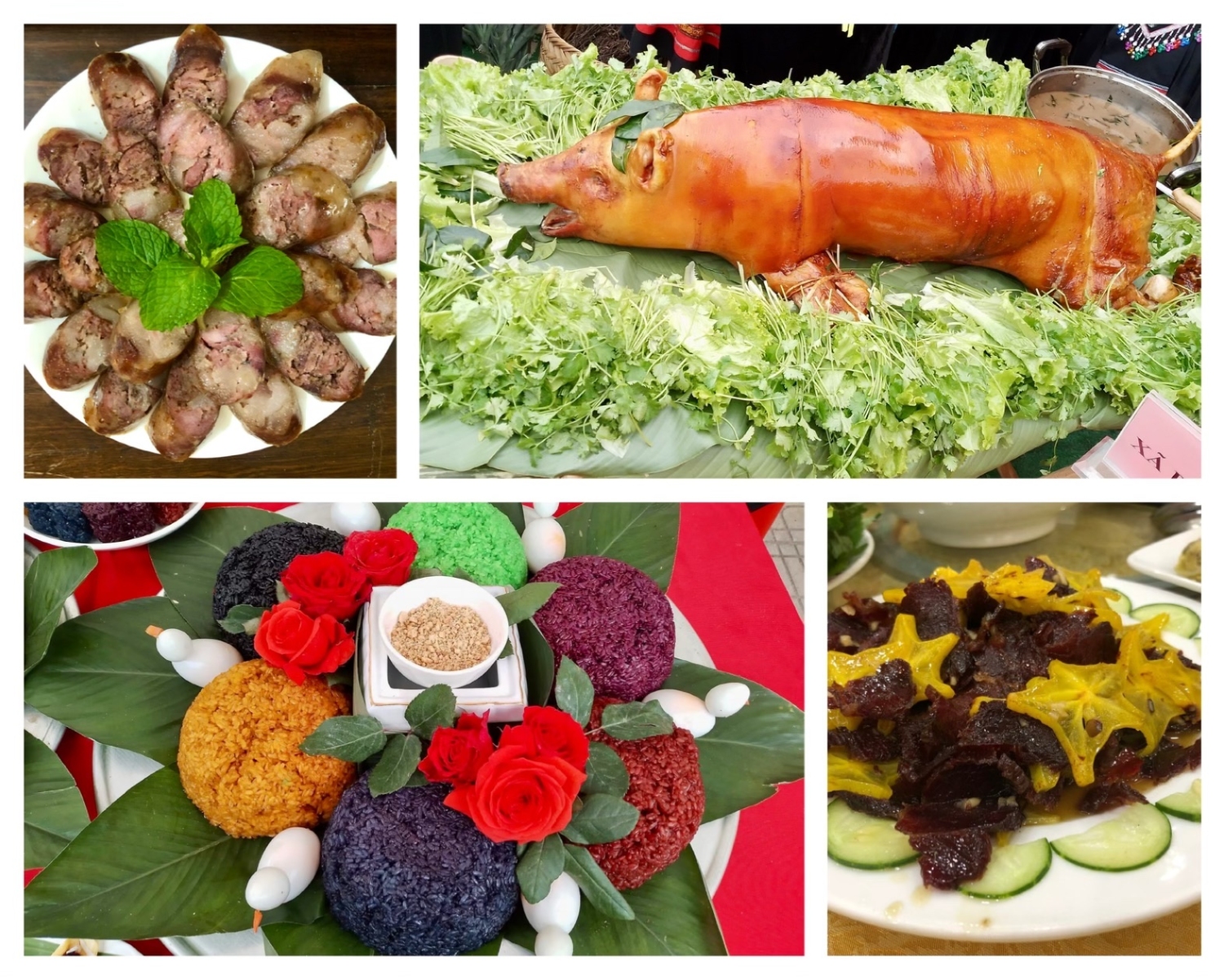
Things to Keep in Mind When Traveling to Cao Bang
-
Weather Preparation: Cao Bang’s weather can be unpredictable, so make sure to pack accordingly. Bring warm clothing for the cooler months and light, breathable clothes for the warmer seasons.
-
Cash: While Cao Bang has some ATMs, it’s best to carry cash, especially if you’re traveling to remote areas where card payments may not be accepted.
-
Language: While Vietnamese is widely spoken, some local ethnic groups may speak their own dialects. Learning a few basic Vietnamese phrases can be helpful.
Cao Bang is a breathtaking destination with a perfect blend of natural beauty, cultural diversity, and historical significance. Whether you’re looking to explore its scenic landscapes, discover local culture, or enjoy outdoor adventures, this northern gem has something for everyone. By following these tips and preparing accordingly, you’ll be all set for an unforgettable journey to Cao Bang.
So pack your bags, plan your route, and get ready for a once-in-a-lifetime experience in one of Vietnam's most stunning and unspoiled regions! For travel inquiries, contact our hotline: +84329196074.


